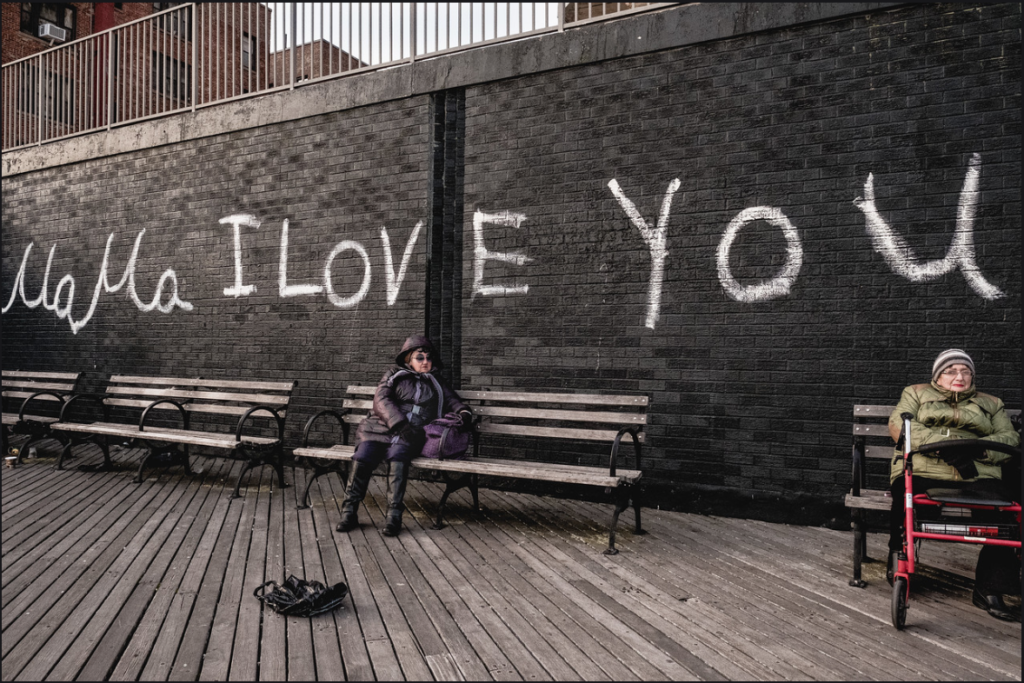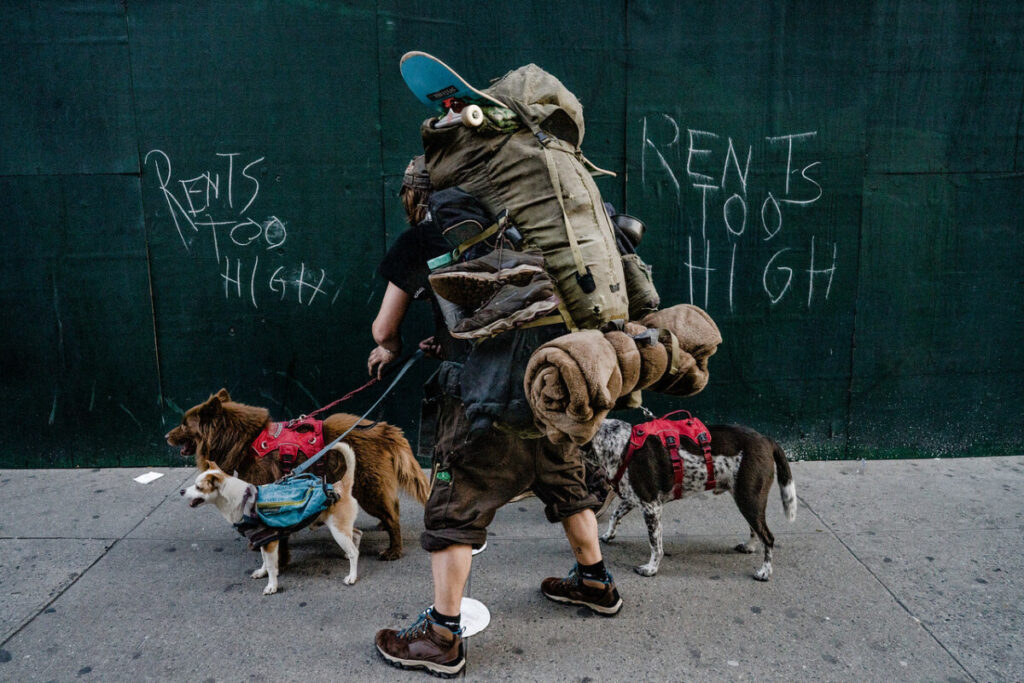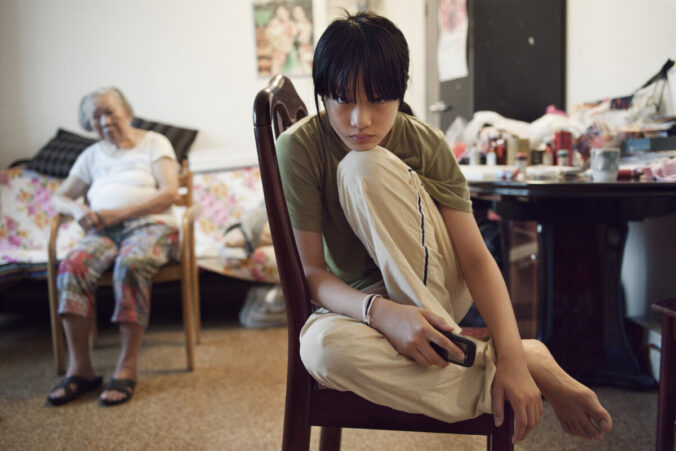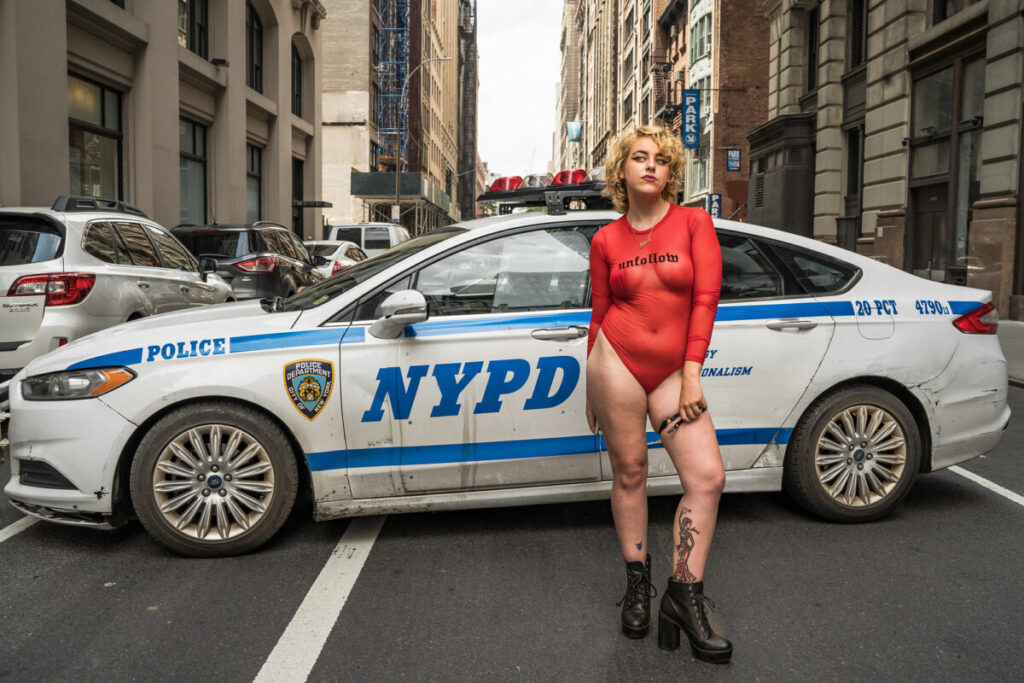
The reason why I chose this image is because I believe it reminds me how I feel about my mother. Mothers go above and beyond for their kids, they give birth to you, raise you, and do what you need them to do. Not all the time parents reconnect with their children, some don’t have the luxury of reaching out to their parents. But there are some that do, and those that do should be treated like queens. My mother has done many things for me, she helped me with high school, college and despite me always driving her crazy she always pulled through. This photograph helps remind me of that, and how all the other mothers do the same for their children. It’s rare for the child to show the same effort in being there for the parent, and when they do it’s a strong bond.
The name of the photograph is called “Mama I Love You” This photograph was taken in Riegelmann, Boardwalk, Brighton Beach, Brooklyn. The subject matter of the photograph is to show affection to a mother through art. Having two females, one that looks like a mother and the other that looks old enough to be a grandmother. The background is dark that makes the text pop. The text uses a san serif and is spray painted on the wall. The intention of the image is to show appreciation for the material figures in his life. The mood of this photograph is sweet and appreciative.








Recent Comments